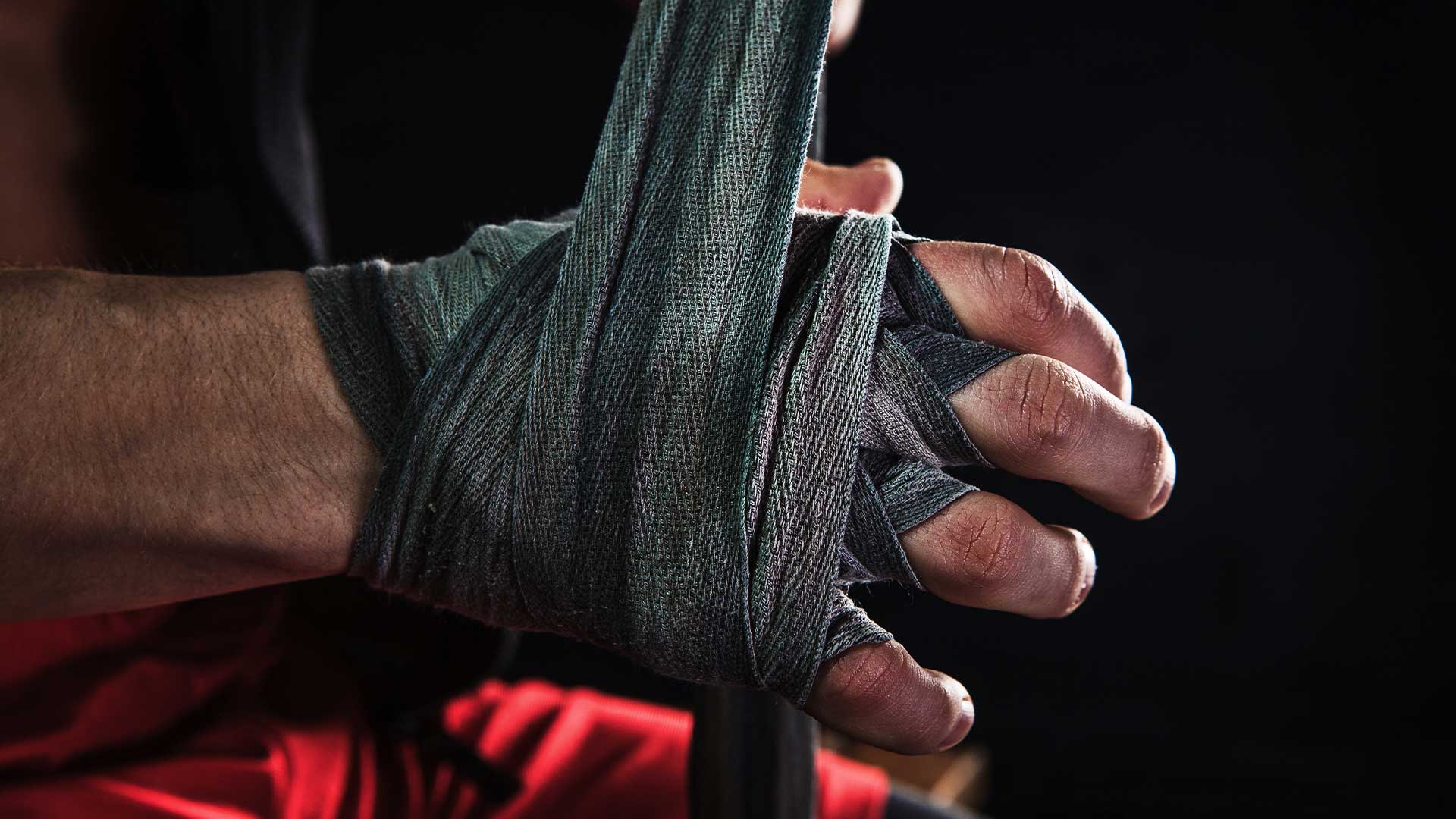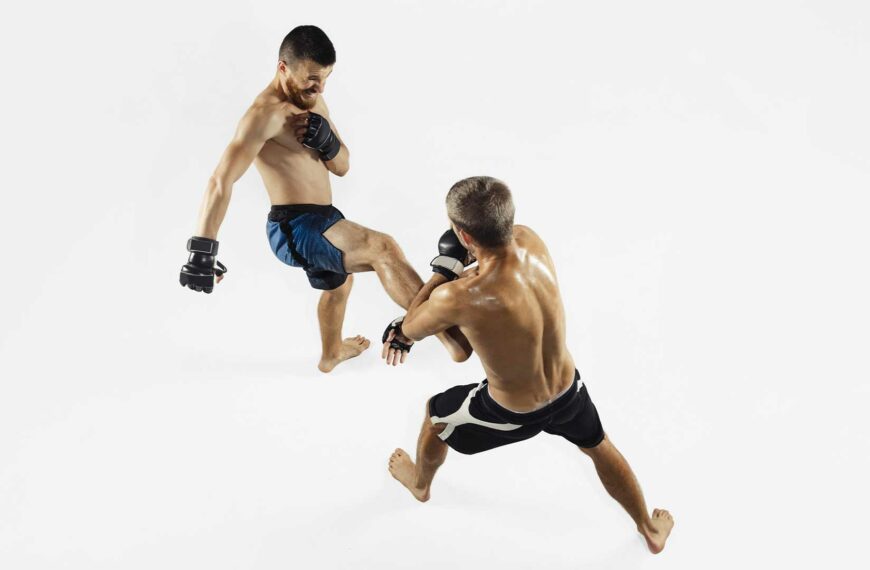When it comes to the art of Muay Thai, understanding and selecting your weight class isn’t just a part of the game. It’s a strategic decision that can significantly impact your performance and career. Gone are the days when fighters would simply train without a thought to weight management. Today, with the sport’s evolution, knowing where you fit in the spectrum of weight classes is as crucial as mastering the teep or the clinch. So, whether you’re a seasoned nak muay or a fitness enthusiast diving into the world of this striking art, let’s unpack the essentials of choosing the right weight class in Muay Thai. Remember, it’s not just about where you fight; it’s about where you thrive.
Learn how to select your weight class in Muay Thai
- Understand the purpose of weight classes in Muay Thai.
- Discover the different weight classes in Muay Thai and how to determine which one is right for you.
- Find out what to do if you are between two weight classes or want to fight in a different weight class.
What is a weight class?
In the realm of combat sports, weight classes were introduced to ensure fairness and safety among competitors. The principle is simple: fighters of similar weight compete against each other, minimizing the risk of injury and creating a level playing field. This categorization has become a backbone of strategy in sports, including Muay Thai, where physicality varies widely among practitioners.
Why do weight classes exist?
The raison d’être of weight classes extends beyond mere safety. It’s about competitiveness and sportsmanship. Picture this: a lightweight fighter, agile and quick, against a heavyweight, powerful and sturdy. The mismatch not only poses a danger but also detracts from the skill display that is the heart of Muay Thai. By segmenting fighters into weight classes, the sport preserves its integrity, ensuring that victories are won on skill, strategy, and heart not just pounds and muscle.
What are the different weight classes in Muay Thai?
Muay Thai, like other martial arts, categorizes fighters into several weight classes, ranging from Mini Flyweight (up to 105 pounds) to Super Heavyweight (over 209 pounds). Each class serves as a bracket within which fighters of similar weight and, theoretically, similar physical capabilities compete. This diversity allows for a broad spectrum of fighters, each with their unique style and strategy, to shine in their respective classes.
How do I know which weight class I should fight in?
This question is where the journey begins for many. Selecting your weight class in Muay Thai isn’t just about stepping on a scale; it’s a nuanced decision that involves considering your natural weight, body composition, and how you perform at various weights. A common approach is to fight at a weight close to your walking weight (your weight outside of training camps), allowing for minimal cuts before fights. This strategy emphasizes maintaining strength and stamina rather than risking them for a size advantage.
What if I’m between two weight classes?
Ah, the perennial dilemma of being caught between weight classes. Here’s where the strategic aspect of Muay Thai shines. You have two choices: bulk up to the higher class or cut weight to the lower. Each option requires careful consideration of your training, diet (check out our Muay Thai diet plan), and how your body responds. It’s a high-stakes game of risks and rewards, underscoring the importance of professional guidance in your corner.
Insider Tip: “Being between weight classes gives you flexibility. Use it to analyze your potential opponents in each class and decide where your style and strengths are most advantageous.” Muay Thai Coach, Bangkok
What if I’m not sure which weight class to fight in?
Uncertainty is part of the game, especially for newcomers. If you find yourself unsure, consider this a phase of exploration. Engage in sparring sessions with partners in different weight classes, monitor your performance, and seek feedback from experienced trainers. Remember, Muay Thai is as much about self-knowledge as it is about knowing your opponent. This period of uncertainty isn’t a setback; it’s a step toward finding where you fit best.
What if I want to fight in a different weight class than my natural one?
The decision to switch weight classes, either for a new challenge or strategic reasons, is significant and not without its hurdles. Dropping to a lower class involves a strict diet and rigorous training while moving up requires a focus on gaining lean muscle. Both paths demand a holistic approach incorporating changes in your training equipment, techniques (Muay Thai basic moves), and, crucially, mindset. It’s a testament to a fighter’s dedication to growth and adaptation, hallmarks of a true Nak Muay.
Insider Tip: “When changing weight classes, focus on how your power, speed, and endurance translate. It’s not just about making weight; it’s about performing at your peak in a new arena.” Professional Muay Thai Fighter
In conclusion, selecting your weight class in Muay Thai is a multifaceted decision that extends beyond the numbers on a scale. It’s about understanding your body, recognizing your strengths, and strategically positioning yourself in a class where you can maximize your potential. Whether you’re just starting out or eyeing a new challenge in a different class, remember that this choice is a crucial step in your Muay Thai journey. With careful consideration, professional advice, and a dedication to your craft, you’ll find the class where you don’t just compete, you excel.
Remember, Muay Thai is a journey of constant learning and evolving. Whether you’re diving into its history (/muay-thai-history/), mastering its techniques (/how-do-you-master-muay-thai/), or navigating the intricacies of weight classes, there’s always something new to discover. Embrace the journey, and let the art of eight limbs guide you to your best self.
FAQ
Q.Who determines which weight class a muay Thai fighter competes in?
A.The fighter’s weight and the rules of the organization determine their weight class.
Q.What factors should be considered when selecting a weight class in Muay Thai?
A.Factors such as weight, height, reach, and skill level should be considered.
Q.How can a Muay Thai fighter switch weight classes?
A.A fighter can switch weight classes by adjusting their diet, training, and gaining or losing weight.
Q.Who should I consult with before deciding on a weight class in Muay Thai?
A.It is advisable to consult with your coach and a nutritionist to determine the best weight class.
Q.What if I am in between two weight classes in Muay Thai?
A.In such cases, you may need to decide based on factors like your strength and comfort level in each class.
Q.How can I prevent injuries when cutting weight for a lower weight class?
A. To prevent injuries, ensure a gradual weight cut with proper nutrition and hydration throughout the process.











